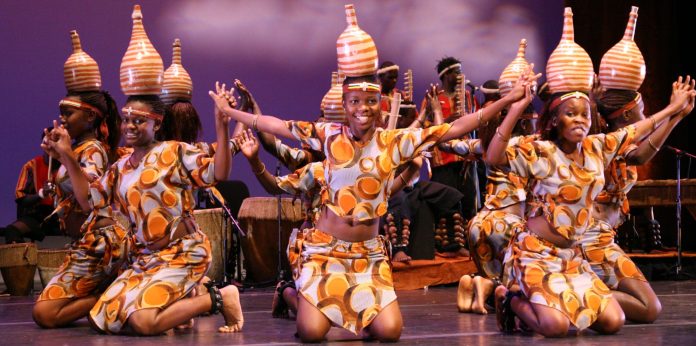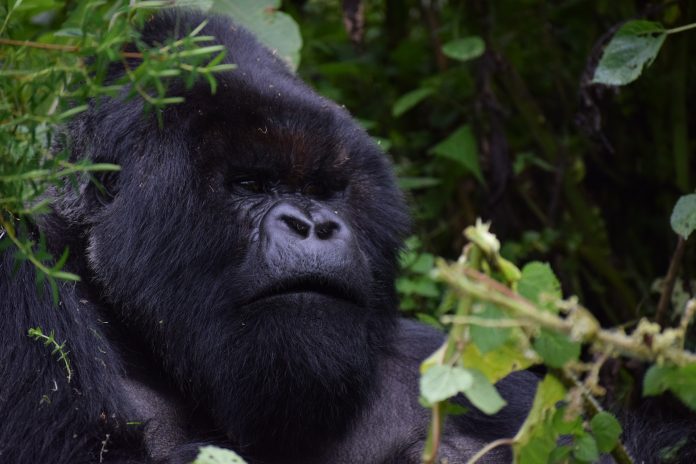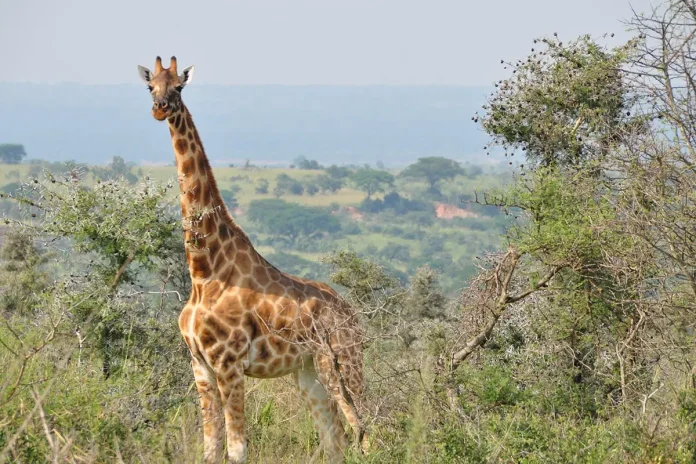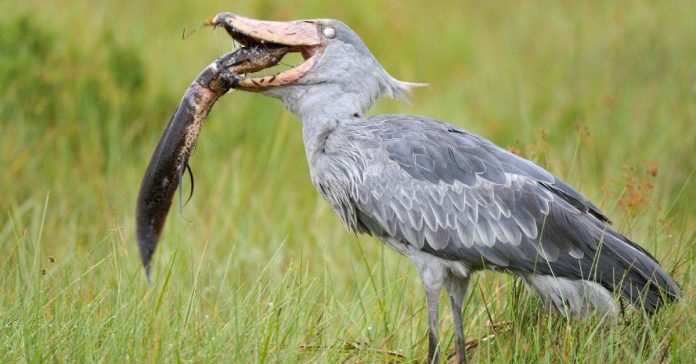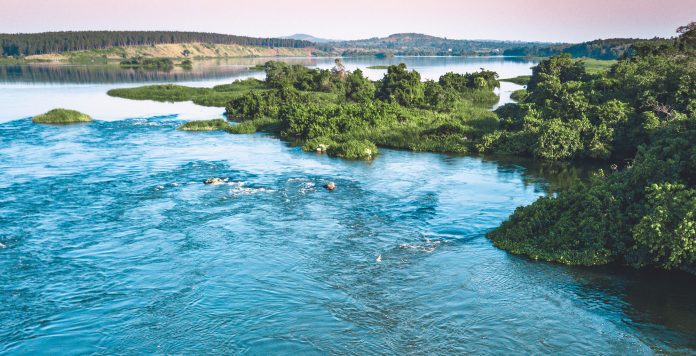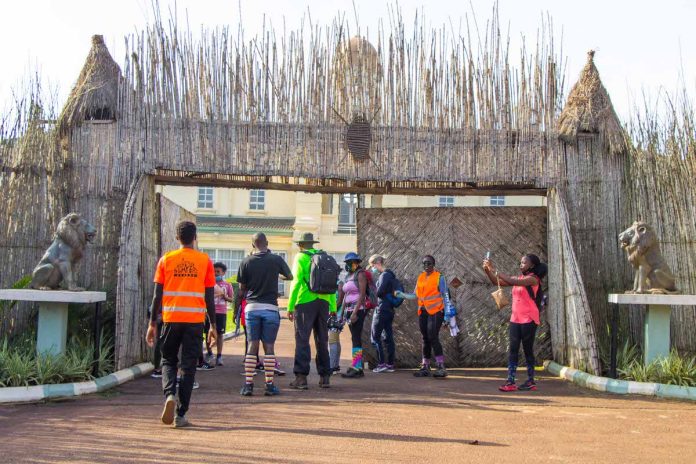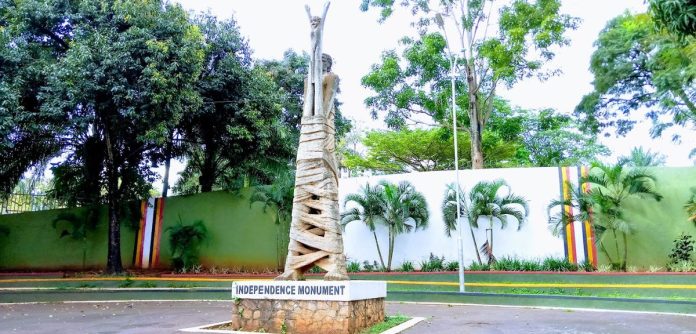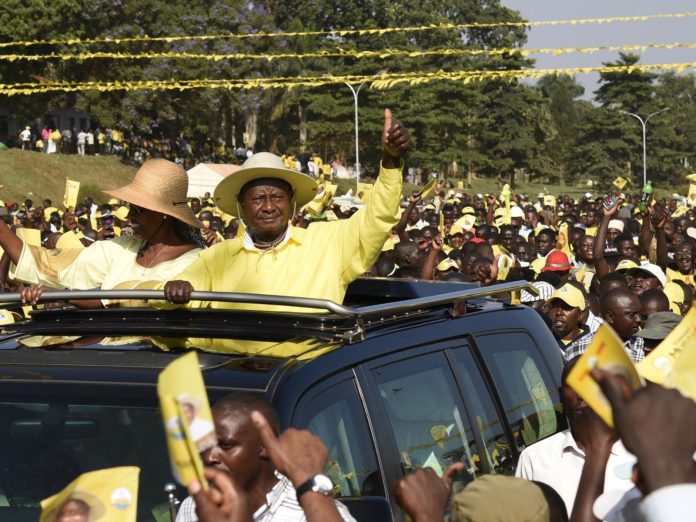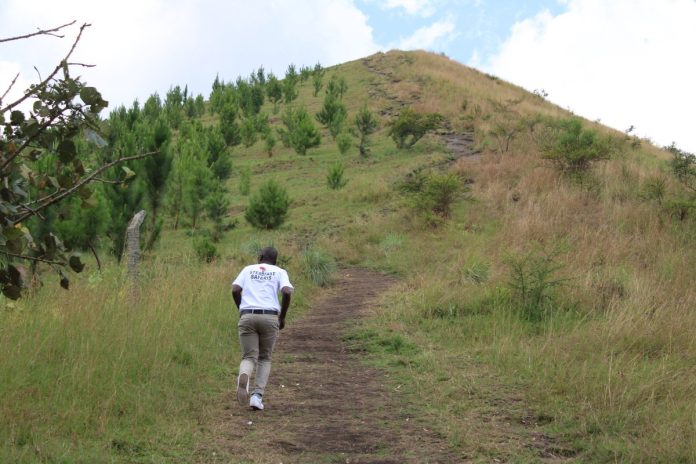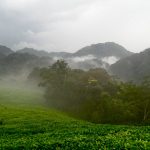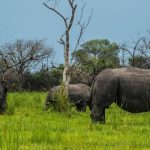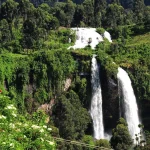Uganda is characterized by the rhythms of over fifty ethnic groups all offering different cultural festivals. These festivals vary from religious gatherings to celebrations of arts, music, and film. Uganda’s cultural festivals offer experiences that showcase the nation’s vibrant heritage.
Cultural festivals in Uganda – Martyrs festival
The Festival of the Ugandan Martyrs is held annually on June 3rd and it is a significant celebration drawing nearly a million people. Uganda Martyrs is one of the world’s largest religious gatherings. The Universal Catholic Church in Uganda officially decreed the feast of Uganda Martyrs in 1964. Uganda Martyrs Day is a major global Christian event, attracting pilgrims from around the world. The celebrations kick off a month earlier with various events. Many Christians embark on a pilgrimage to the Shrine as a way of paying homage to the Catholic Martyrs and Saints. Recognizing its importance, the government declared June 3rd a national public holiday to honor the first Christian Martyrs in the country. One notable event is the Novena, starting on May 25th and concluding on the main celebration day.
Pilgrims from different corners of the globe gather to commemorate and celebrate this solemn occasion, making it a truly special and significant experience for participants.
The cultural festival of the Ugandan Martyrs showcases strength of faith and the unifying power of shared beliefs. It also offers a unique opportunity for reflection, spiritual growth, and the celebration of unity and hope.
Cultural festivals in Uganda – Amakula, A Cinema Caravan
The Amakula International Film Festival brings the magic of cinema to life across Uganda every year, from September to November. This event is also known as the Amakula Kampala Cinema Caravan, travels throughout the country, showcasing classic and contemporary films that celebrate themes of independence and inspire cultural exchange.
During the festival week, aspiring filmmakers can participate in valuable workshops and training programs, learning the skills they need to turn their visions into reality. From cinematography to soundtrack creation forming a platform for artistic growth and discovery.
The festival also considers the young ones as it features a dedicated program of children’s films, ensuring that everyone has the opportunity to experience the joy of cinema. And with a special focus on 3D technology, the festival brings a whole new dimension to movie watching. Amakula also empowers communities and nurtures the next generation of filmmakers. The festival works hand-in-hand with local organizations and NGOs, supporting disadvantaged youth and channeling their passions into film production.
Bayimba International – Cultural festivals in Uganda
The Bayimba International Festival of the Arts is a five-day celebration held on Lunkulu Island, located on the shores of Lake Victoria in Mukono and Buikwe districts. Every August, they transform this serene location into a vibrant cultural haven with Music, Dance, Poetry, Comedy, Film, Fashion, exhibitions, games, and camping.

The festival showcases the richness of local and East African talent as they take the stage at their new home, the Bayimba Foundation.
B-Global Indigenous Hip Hop cultural festival
The B-Global Indigenous Hip Hop Festival is a six-day celebration that marks a decade of Hip Hop in Uganda. The festival is hosted by the Bavubuka Foundation and The Uganda Hip Hop Foundation, it’s an educational journey to empower and educate the youth, laying the foundations for community growth and transformation. The festival targets the youth crowd, as it welcomes students aged 10 to 30 years old. Through engaging activities spanning the five central elements of Hip Hop aiming to reconnect the youth to their roots of community peace building and positive awareness.
People attend for live performances by top local Ugandan artists and international guest performers from the Global Hip Hop Community. The B-Global Hip Hop Gathering features workshops that are led by Ugandan Hip Hop icons, DJ scratching demonstrations, B-Boy dance battles, a graffiti display, motivational speakers, and Hip Hop fashion.
For the past nine years, the Hip Hop Summit, now The B-Global Hip Hop Gathering, has been the longest-running Hip Hop event in Uganda. Their vision is to use the power of Hip Hop music and culture as a catalyst for positive social change. They believe in empowering and unifying young people from different communities and amplifying the youth voice in Uganda.
“This is Uganda festival” – Cultural festivals in Uganda
The “This is Uganda” festival goes beyond entertainment as it focuses on empowering Ugandan youth, particularly musicians and artists, by involving them in the organization and hosting an annual talent search to discover the country’s next big stars. This youth-centric approach fosters creativity thus stimulating the local economy by partnering with numerous companies and individuals. Basically, the goal is to build a generation of Ugandans capable of running their own events and taking charge of their cultural scene.
This cultural festival extends its reach beyond music and dance by collaborating with organizations tackling critical issues like women’s rights, environmental protection, and HIV/AIDS awareness. This collaboration fosters public debate and raises awareness about these important topics.
Celebrating cultural festivals in Uganda
Uganda is predominantly Christian nation, holds special religious celebrations that enrich the cultural tapestry of the country. These festivities offer a unique glimpse into the spiritual lives of Ugandans and add a vibrant dimension to the national calendar.
Christmas
The joyous spirit of Christmas fills the air in Uganda, with festive decorations adorning homes and churches. Churches hold special midnight mass services, followed by caroling and festive gatherings. The families gather for special meals and share gifts, commemorating the birth of Jesus Christ. Christmas carols resonate throughout the nation, filling the hearts of Ugandans with warmth and cheer.
St. Stephen’s Day
It is celebrated on December 26th, St. Stephen’s Day honors the first Christian martyr. This day is marked by church services and charitable activities, reminding Ugandans to follow the example of St. Stephen’s compassion and faith.
Good Friday
This marks the crucifixion of Jesus Christ, Good Friday is a solemn day of reflection and prayer. Ugandans observe fasting and attend special church services to commemorate Jesus’ sacrifice. This day serves as a reminder of faith, sacrifice, and hope for redemption.
Easter Monday
This is a day that follows Good Friday, Easter Monday brings a joyous celebration of Jesus’ resurrection. Families gather for festive meals and joyous celebrations, expressing their gratitude for renewal and hope. These religious holidays offer opportunities for spiritual reflection, community engagement, and joyous celebrations, enriching the lives of individuals and families across the nation.
Nyege Nyege Festival

The Nyege Nyege Festival is another celebration of music, art, fashion, and food that is held over four days in Jinja city. This international gathering seamlessly blends African and global sounds, drawing a diverse crowd from around the world. The festival has become a must-attend event, promising an unforgettable experience for music enthusiasts. One can secure a spot by booking a ticket for Nyege Nyege.
Blankets and Wine Event
Blankets & Wine is a quarterly musical performance that invites families to enjoy a picnic-style festival atmosphere. It takes place in Kampala with its initial event in August 2012. Blankets & Wine has expanded its footprint, now hosting three to four events annually. The festival provides a family-friendly environment, combining the joy of music with a relaxed picnic setting offering a cherished experience to the attendees throughout the year.
The Blankets and Wine event is a tribute to African culture and music featuring both local and international artists. The attendees are encouraged to bring a picnic blanket and a bottle of wine for enjoyable experience.
Roast and Rhyme Event
The Roast and Rhyme event is a beloved fusion of music and food festivals, occurring multiple times a year in various locations across Uganda. Top Ugandan artists grace the stage while attendees enjoy a variety of delicious foods and drinks.
Vumbura Festival
The Vumbula Festival lasts for two days while celebrating Uganda’s beauty, art, culture, and music. The festival involves live performances by renowned musicians and DJs across different stages, including the Amapiano/EDM and Reggae stages. The festival is set to celebrate Uganda’s uniqueness through exposing different cultures.
Kampala Fashion Week
Kampala Fashion Week is a four-day celebration that takes place in February/March, showcasing the very best of Ugandan and African fashion. It’s a global platform that propels Uganda’s talented designers and fashion creators from across the continent into the spotlight.
Kampala Fashion Week mixes local and international designers, models, and stylists to create a space for fashion enthusiasts to soak in diverse styles and trends. The festival aims at supporting and strengthening Uganda’s design industry while showcasing the incredible cultural and creative talent our country and continent have to offer.
Dive into the glamor of Kampala Fashion Week by attending workshops, exhibitions, and networking events. Immerse yourself in the fusion of tradition and contemporary style that defines the event. It also gives one an experience that celebrates the rich tapestry of African fashion.
Come and join Kampala Fashion Week for a fashion-forward journey where creativity meets the runway, and the spotlight shines on the best of African design.
Royal Ascot Goat Races- Cultural festivals in Uganda
The Royal Ascot Goat Races take place every August in Kampala. This annual charity event, held at Speke Resort, Munyonyo since 1993, puts a unique Ugandan twist on traditional horse races by featuring goats instead.
The Royal Ascot Goat Races not only showcase goat racing but also bring out the best in fashion, with a special focus on unusual hats. Prizes are awarded to the best-dressed couple, man, woman, and child, adding a stylish touch to the goat racing spectacle.
Spectators have the opportunity to get in on the action by betting on their favorite goats after a preliminary parade around the track. A handy bettor’s guide details each goat’s strengths, making the betting experience exciting. What’s even more special is that the betting proceeds go to local charities, making this event not just entertaining but also a meaningful way to give back to the community.
Distinguishing itself from other festivals, the Royal Ascot Goat Races offer a fantastic networking environment, making it an ideal family day out. Attendees can enjoy hospitality and food tents, along with amusements for the little ones.
This event originated from an idea by the Entebbe Sailing Club, with its initial event at the Kampala Rugby Club. Quickly outgrowing its original space, by 1998, it found a new home at Speke Resort Munyonyo.The Royal Ascot Goat Races have become a beloved tradition, blending fun, fashion, and generosity in the heart of Kampala.
Kampala Art Biennale
The Kampala Art Biennale is an international art exhibition that takes place in August and September, showcasing contemporary art from Africa. This biennale serves as a dynamic platform with a mission to expose, educate, and spark debates about the value of art in our society.
Established by the Kampala Arts Trust, this event celebrates African contemporary art that often operates on the outskirts of mainstream information channels. It involves a collective effort from visual and performance art practitioners who live and work in both public and private spaces across Kampala city.
Initiated to address the challenges faced by African artists seeking recognition on the global art stage, the Kampala Art Biennale is afro-centric at its core. It focuses on promoting artists, whether native or foreign but working on the African continent, offering them a vibrant and visible platform.
This event serves as a hub of creativity, featuring workshops, performances, and various art-related activities. It’s a melting pot of artistic expression and a catalyst for meaningful conversations about the role and significance of art in our world.
Jinja Adventure Race
This is held in Jinja, the Jinja Adventure Race combines running, cycling, and kayaking, bungee jumping, horse riding, tubing, quad biking, river boarding, jet boating and white water rafting. This attracts athletes from around the world for a thrilling and challenging competition.
Rolex Festival
The Rolex Festival is a culinary exhibition dedicated to showcase Rolex as the pride of Uganda’s national cuisine. The term “Rolex” here refers to a combination of an omelet rolled with chapati (flatbread), offering a mouthwatering blend that goes beyond cultural boundaries. This unique dish has evolved to complement various ethnic staples and international flavors, making it a unifying delight across Uganda’s 52 tribes and 6 indigenous groups.
In Uganda, Rolex stands out as a common thread that binds communities together, embracing all without any specific cultural affiliations. Forget about wearing a Rolex, in Uganda we enjoy this delectable creation. The Rolex Festival, an annual culinary celebration held in Kampala around August.
Behind this Rolex Initiative is a female-led organization founded by the visionary Enid Mirembe, former Miss Tourism for Busoga region 2015/2016. Going beyond beauty, the Rolex Initiative empowers the girl child, providing a platform for them to showcase their talents and potentials. The festival is not only a culinary delight but also a movement that embodies unity, diversity, and the empowerment of young women.
